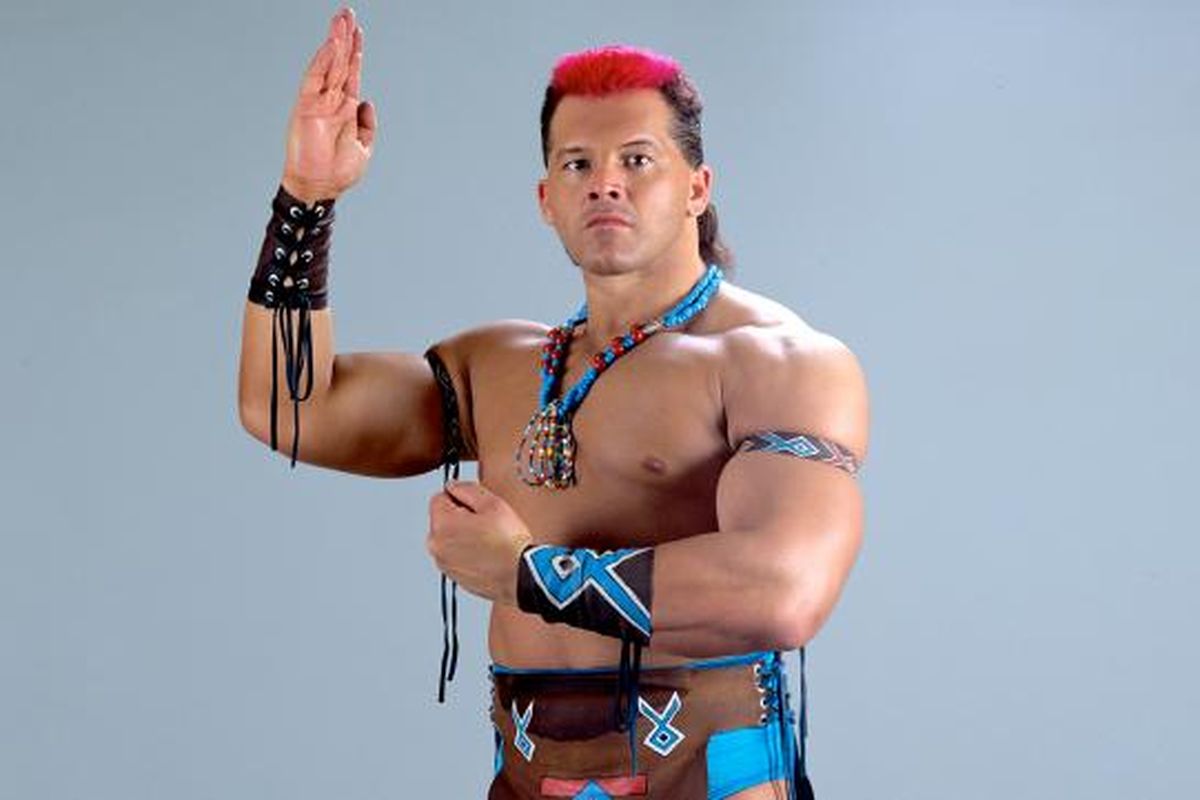 I’ll confess that when my eyes light upon the word Tanak my mind immediately thinks of that horrible moment in 1994 when my then favorite wrestler, Tatanka, turned on all that was right and good to join up with Ted DiBiase’s Million Dollar Corporation. But then I realize a few letters are missing and Tanak must be pointing to something else.
I’ll confess that when my eyes light upon the word Tanak my mind immediately thinks of that horrible moment in 1994 when my then favorite wrestler, Tatanka, turned on all that was right and good to join up with Ted DiBiase’s Million Dollar Corporation. But then I realize a few letters are missing and Tanak must be pointing to something else.
TaNaK is actually and acronym for the names of the three sections of the Hebrew Bible: Torah, Nevi’im, and Ketuvim. Torah is the first 5 books, Nevi’im means prophets, and Ketuvim stands for the writings. But you might be a bit shocked at what goes where.
The Nevi’im consists of the Former Prophets (Joshua, Judges, Samuel, Kings), the Latter Prophets (Isaiah, Jeremiah, Ezekiel), and the Twelve Minor Prophets.
The Ketuvim are divided into the three poetry books (Psalms, Proverbs, Job), the five Megillot (Song of Songs, Ruth, Lamentations, Ecclesiastes, Esther), and then the other books (Daniel, Ezra/Nehemiah, Chronicles).
This means that the Hebrew Bible closes with Chronicles and not Malachi.
Why does that matter?
Don’t hear me wrongly, here. I think you can keep your Bible in it’s current English order and be completely fine in interpreting the Scriptures. Though, I think sometimes you might be tempted to make a few points that probably aren’t consistent with the original intention. Nevertheless, I’m not attempting to say you are going to totally misread your Bible if you don’t have it in it’s original order.
But I do think it would be incredibly helpful for our understanding of the biblical storyline to preserve it’s original order—the order in which Jesus would have compiled the Old Testament. I say this because the books are united in such a way to tell a beautiful story.
I’ve often heard it said that Malachi ends with the promise of an Elijah to come and then we have about 400 years of silence. It leaves the idea that God is so utterly ticked off with the Jews that he isn’t going to talk to them for a few hundred years. But I think it’s original order might tell a little bit different story.
How in the world would Chronicles make for a better ending? That’s the part we usually skip over because it just sounds like what we’ve read in Samuel and Kings. This is the book with the nine chapters of genealogy. Not many preachers sign up for doing a series on Chronicles. But it actually is telling a story which perfectly sets the stage for a newborn King.
Chronicles tells the story of the Israelites from Adam to the exile. But the whole story points to a king to sit on the Davidic throne. The original audience likely would have thought that the return from exile and rebuilding of the temple meant that all was right in the world. But the ending of Chronicles would give a bit of a pause—yet also hope. Dempster explains:
Cyrus gives the command to build the temple in Jerusalem—the Davidic house (the temple) is resurrected. The Tanakah orients its readers to the future. As such the Story is unfinished. The long, dark night of exile awaits a sequel—the dawning of a new light that will radiate to the ends of the earth. (Dempster, 227)
Chronicles, just like Malachi, closes out the Old Testament with hope for the future. Regardless of how you order the Old Testament the key is that it is left unfulfilled until Christ comes. But I think the storyline is better preserved by keeping your Old Testament in the original order.
—
If you want more information on this Dominion and Dynasty by Stephen Dempster is the best treatment I’ve read, though it’s a little technical. For a more accessible explanation consider this from the Bible Project.
Photo source: here (It’s truly amazing how non-PC the WWF was in the late 80s and early 90s).